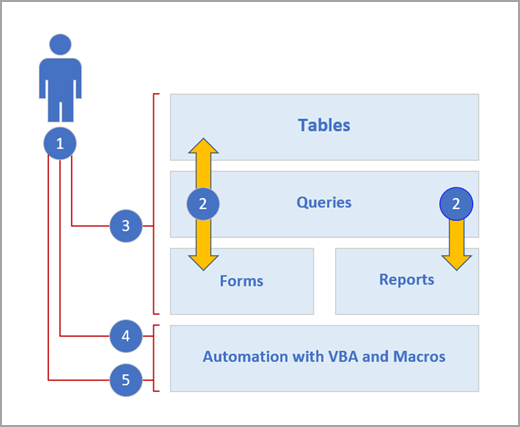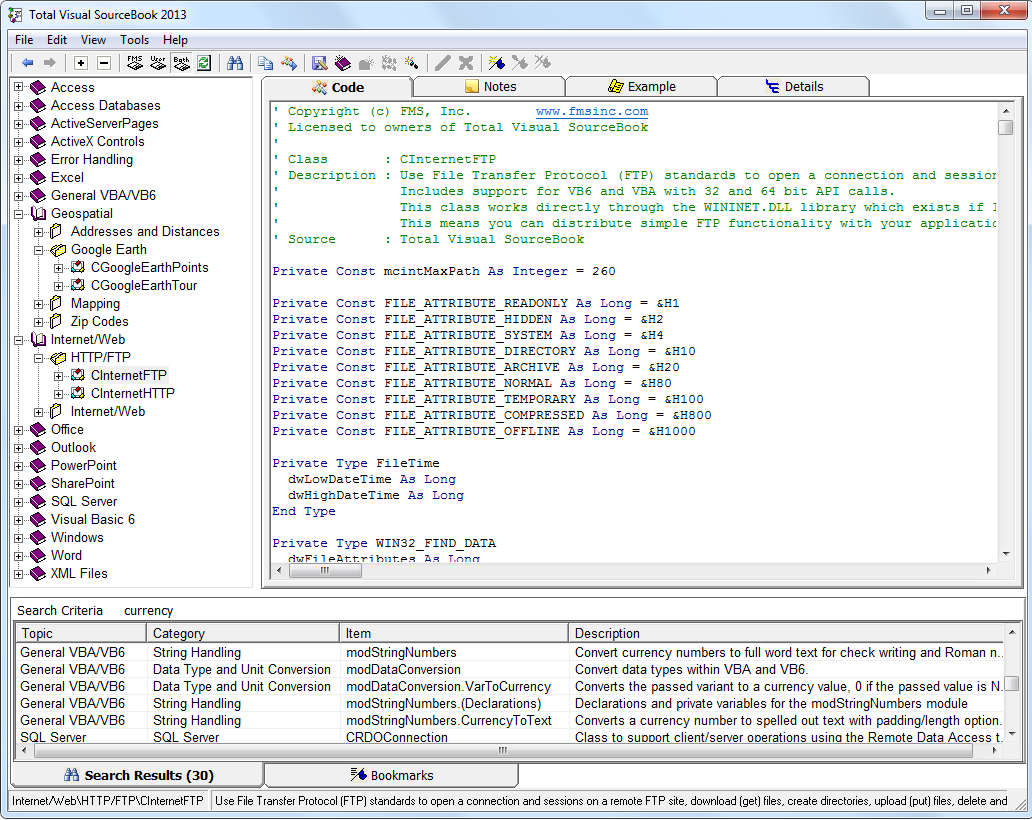

Specifies whether a bin for values above the BinsOverflowValue is enabled.

Read/write Long.ĬhartGroup.BinsOverflowEnabled property (Excel) Specifies the number of bins in the histogram chart. Read/write Boolean.ĬhartGroup.BinsCountValue property (Excel) True to display the Expand Entire Field and Collapse Entire Field buttons on the specified PivotChart. Read-only Boolean.Ĭhart.ShowExpandCollapseEntireFieldButtons property (Excel) Returns True if the current project was created in Access 2013 and onwards and False if the current project was created prior to Access 2013.
Access vba in excel 2016 code#
Returns the Boolean value True if the code project was created in Access 2013 and newer, and False if otherwise.ĬurrentProject.IsSQLBackend property (Access) Access NameĬodeProject.IsSQLBackend property (Access) OR the problem only occurs in Ac2016 and a VBA version after 7.The following tables summarize the new VBA language updates for Office 2016.

Those of us who COULD make the change must not have picked an "impossible" font size. If that is it, I can only guess you were attempting a font size that somehow "tripped" the editor's settings as "too big" and therefore disallowed the change. I will leave it to you as to whether you want to diddle your screen resolution DOWN, increase font size, and then diddle resolution back UP to see if that changes the problem. I cannot easily reproduce the solution that appears in that thread, but the experiment is clear that somehow the VBA editor is interacting with screen resolution. So I figured this ought to be something someone else has seen - and it IS. If this is a REGISTRY setting rather than a DOCUMENT setting, then the question is: Why does it allow you to save an item (FontFace) but not save the immediately adjacent item (FontHeight)? (Doesn't fully explain the original complaint.) Then you can see that "FontFace" holds the name and "FontHeight" holds the size (in points) of the font.Įxploring other items under the general VBA heading found only placeholders, nothing of importance. If you are comfortable with at least viewing your registry, what you want to see is:Ĭomputer\HKEY_CURRENT_USER\software\Microsoft\VBA\7.0\Common So I got curious.įirst thing of note: VBA has SEPARATE SETTINGS from the default settings for other OFFICE members. This means that what we are discussing is a registry setting, NOT an application setting. More significant is that the change affected another database. make NO changes to content, ONLY to the font-size setting, then try to save that - and see if it retained the change?įollow-up: On Win7/64 & Ac2013, when I perform that experiment the font size changes and is retained (a) when I close and then re-open the VBA window and (b) when I close and then re-open the entire app. If so, at what point do you detect the reversion to the previous size? When you close and then re-open the VBA editor window or when you close and re-open the App? Did you use the menu-bar's save icon or option at the time you made the size change?Īs an experiment, can you open the code window, make the options change for font size only, use the save icon/option, close it all out, and then open things back to the code window? I.e. When you try to change the font size, does it actually change it? (And then reverts to the original size after some other action). Interesting that the VBA editor doesn't appear to save that font-size information, but even more interesting that it shares that font-name setting with other clients of VBA. The font you changed there is embedded in the document and is part of the information saved in the. Dave (Gemma.) - DatabaseTools > Visual Basic > Tools > Options > Editor Format


 0 kommentar(er)
0 kommentar(er)
